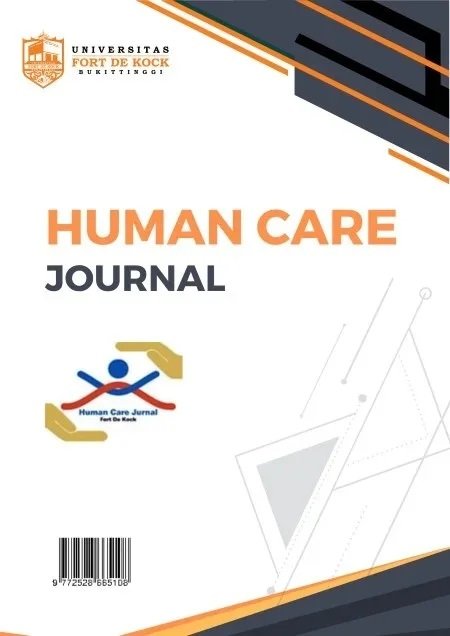EVALUASI SISTEM SURVEILANS HIPERTENSI DI KOTA BOGOR TAHUN 2023
DOI:
https://doi.org/10.32883/hcj.v9i2.2954Abstract
Hypertension is a top-priority problem of non-communicable diseases (NCDs) both globally and
nationally. Hypertension contributed to 10.8 million deaths worldwide in 2019. Hypertension
continued to increase in Bogor City from 2013 (28.6%) to 2018 (41.01%). This research aims to
describe and assess the performance of the surveillance system based on surveillance attributes that
refer to WHO guidelines. This research design is descriptive, using interview and observation
techniques. This research was carried out in March-June 2023. This research used a total sampling of
25 Community Health Centers in Bogor City. The informants were 50 people, namely 25 NCD officers
and 25 cadres ofPosbindu. This research found that as many as 36% of Puskesmas officers did not
routinely analyze hypertension surveillance data. The simplicity aspect of the surveillance system is
still not simple, there is more than 1 type of reporting application. The acceptability aspect of the
surveillance system has not been accepted by all units because 48% of cadres report manually, 36% of
officers did not analyze hypertension surveillance data.. In the timeline aspect, 44% of cadres were
not on time in sending reports. As many as 88% of respondents stated that the surveillance system was
useful for assessing program success. The quality of the surveillance system is still not running
optimally. So it is necessary to increase the capacity of officers and cadres in implementing
hypertension surveillance, and support optimization of the implementation of the hypertension
surveillance system
Downloads
Published
How to Cite
Issue
Section
License

This work is licensed under a Creative Commons Attribution 4.0 International License.
Setiap naskah yang terbit di jurnal Human Care ini adalah dianggap sebagai karya dari penulis.
Pemegang hak cipta adalah jurnal Human Care. Semua pembaca memiliki akses untuk masuk ke jurnal Human Care dan menjadikan naskah yang terbit di jurnal Human Care sebagai referensi.



